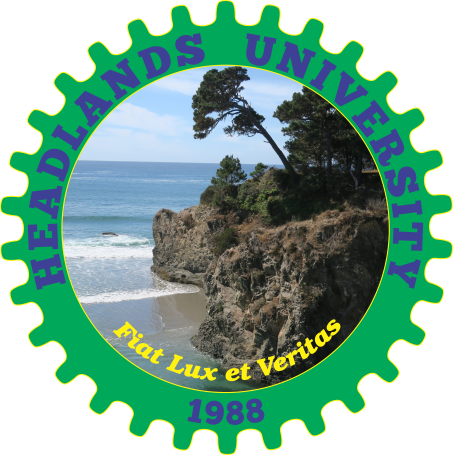Climate Restoration
The only future that will sustain the human race
by Peter Fiekowsky with Carole Douglis
The authors begin by noting that on New Year’s Day, 2050, if we only achieve the Paris Accord’s objectives, atmospheric CO2 is likely to be 460 ppm, 50% higher than the highest humans have lived with throughout history. The great coral reefs will be gone, oceans mostly devoid of fish. Global sea level rise will be on average two feet. Average temperatures will run two degrees Celsius above current levels. There is a real question if humanity can survive the conditions we have relied on for 12,000 years. “Meeting the goal of net zero by 2050 in no way guarantees the survival of human society as we know it or even that of Homo sapiens as a species.”
They claim that the goal must be to reduce these conditions back to or better than 1950 levels, or below 300 ppm of CO2, by 2050. They maintain that this can be done by active management of CO2. While this won’t reverse the present trends – there will be a lag time – it will help restore global livability.
The authors suggest three criteria for evaluating CO2 reduction technologies: they must be permanent, that is of at least a century’s duration; they must be scalable, capable of being scaled up within a decade to remove and store 25 Gigatons of CO2 annually; they must be financeable, or capable of producing a good or service that can satisfy an existing market. They cite four technologies that satisfy these criteria and that would cost a reasonably small amount, i.e., about the same as the annual government budget of Fort Worth, Texas.
Synthetic limestone manufacture: 99% of the earth’s carbon is already stored as limestone. Scientists have replicated the chemistry by which oysters, mussels, and corals use to produce limestone. By incorporating synthetic limestone into concrete, up to 50 Gt of CO2 could be permanently sequestered annually. This technology could easily be scaled up within a decade.
Seaweed permaculture: Kelp forests are capable of storing CO2 massively and quickly. Growing upwards of three feet per day, kelp in a kelp forest pulls down more CO2, acre for acre, than the Amazonian selva. Arrays for marine permaculture – light, latticed structures made of tubes – sequester CO2 while providing invaluable services such as nurturing young fish and other marine animals. Commercial harvesting of excess seaweed help finance this method.
Ocean iron fertilization: this method is the one the planet has used at least ten times during the lead-up to ice ages. Fertilizing the ocean produces massive amounts of phytoplankton that lives, dies, and sinks to the ocean floor. In the past, iron rich dust from the planet’s desserts has provide the iron neceesary for this life, but climate change has reduced this. Increasing phytoplankton feeds fish and supports all life.
Acceleration of natural methane oxidation: the melting arctic is releasing large amounts of the dangerous greenhouse gas methane. Despite its short half-life when compared to CO2, methane is 120 times more warming than CO2; IPCC estimates that 30% of the current warming trend is caused by methane. By ‘seeding’ with iron chloride, increasing the trace amounts of iron chloride that forms naturally in the lower atmosphere over the ocean, the rate of methane oxidation can be doubled rapidly.
Summarized by Michael Potts, 10 July 2023


